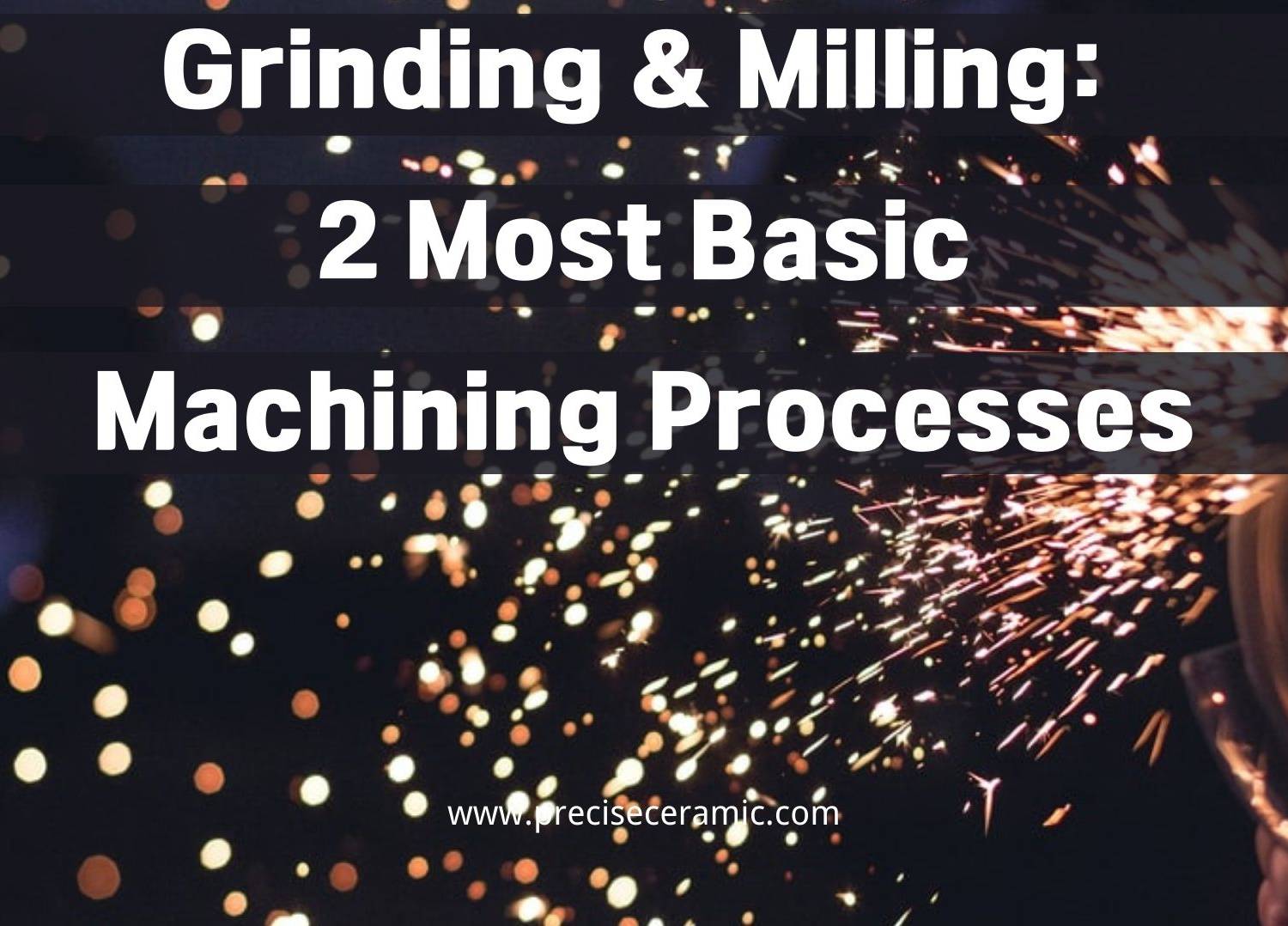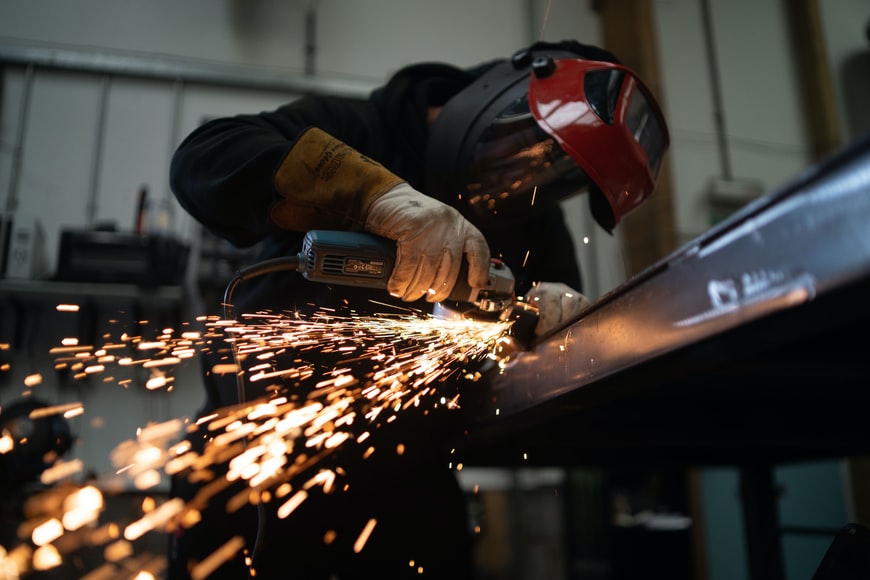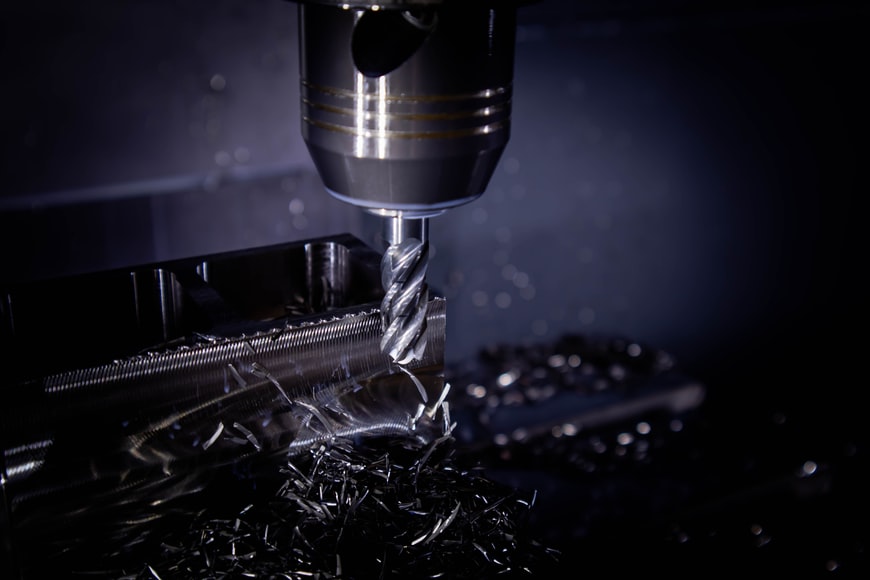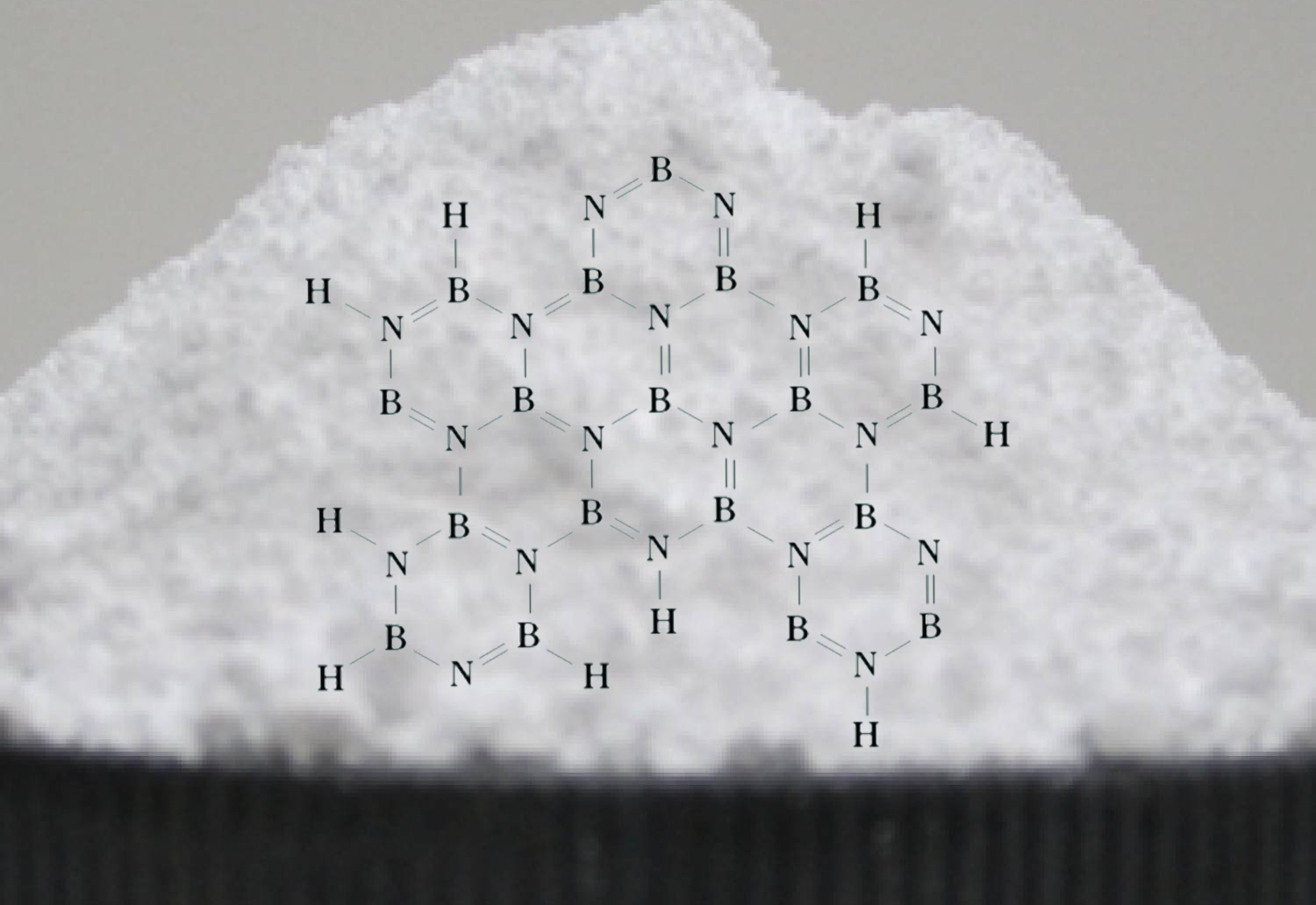Grinding & Milling: 2 Most Basic Machining Processes

Machining generally can either be additive or subtractive. For instance, 3D printing is an additive manufacturing that involves introducing additional materials to arrive at the finished product. At the same time, CNC machining is a form of subtractive manufacturing that cuts out materials to give the final product. Machining operations combine several processes and techniques that occur in a planned sequence to give the best results. These processes include techniques like milling, turning, grinding, and drilling. In this piece, we focus on two of the most common and basic machining operations — grinding and milling. Grinding is used in processing various types of materials, such as metals, plastics, composites, and wood. Grinding and milling are commonly used to produce powder materials.
Grinding
Grinding refers to an abrasive machining process, where a grinding wheel is used as a cutting tool. Grinding wheels are usually manufactured from silicon carbide, alumina ceramic, and etc. A wide range of machines is used for grinding. These machines are classified as portable or stationary as described below:
- Portable power tools. Examples include angle grinders, die grinders, and cut-off saws.
- Stationary hydro- or hand-powered sharpening stones, and
- Stationary power tools like bench grinders and cut-off saws.

Every grain of abrasive used in the process functions as a microscopic single-point cutting edge — even though it has a high negative rake angle, and shears a tiny chip that’s similar to a "cut" chip (turning, milling, drilling, etc.). Generally in the machining fields, the term cutting is often used to describe macroscopic cutting operations. Grinding, on the other hand, is typically categorized as a different process. Note also that lapping and sanding are subsets of grinding. Nonetheless, there are different types of grinding, depending on the process and material being machined. Here are some of them:
- Electrolytic in-process dressing (ELID) grinding
- Electrochemical grinding
- Form grinding
- Surface grinding
- Centerless grinding
- High-efficiency deep grinding
- Cylindrical grinding
- Creep-free grinding
What is a Grinding Wheel?
A grinding wheel is a machine used for grinding materials during machining operations. It is basically a wheel used for various grinding and abrasive machining operations. Grinding wheels are usually made from a mix of coarse abrasive particles pressed and bonded together to form a solid, circular shape. They use different grinding materials, such as silicon carbide, aluminum oxide, and zirconia alumina. The grinding media used depends on the workpiece. If you're looking to install one, you'll find various profiles and cross-sections, but you want to look out for the one best suited for the intended application. Grinding wheels are also manufactured from a solid steel or aluminum disc with particles bonded to the surface. To keep grinding machines working optimally, the use of fluids during the grinding process is necessary to cool and lubricate the wheel and workpiece. Lubrication also helps to remove the chips produced in the grinding process. Some widely used grinding fluids include water-soluble chemical fluids, synthetic oils, and petroleum-based oils.
Milling
Milling is a machining, similar to drilling, in which a milling tool is used to cut away the material in a rotary motion. Milling is achieved using a wide array of different tools with different diameters and hardness. Since the mill is moving, the rotational speed must be high to obtain a clean finish of the milled hole. Milling operations involve using multi-point rotary cutters to remove material from a workpiece. The workpiece is the material or item being machined. Like grinding, milling is a subtractive manufacturing process.

Types of Milling Operations
Here are the major types of milling operations:
Face milling: This cuts flat surfaces into the workpiece and flat-bottomed cavities. In this case, the feed can either be horizontal or vertical.
Peripheral milling: Peripheral milling is used for cutting deep slots, threads, and gear teeth. Regardless of the milling process being used, the workpiece can be fed into the cutting tool in two different ways. These are conventional and climb milling.
Conventional milling involves feeding the workpiece against the cutter rotation. Conventional milling is mainly used in manual milling machines.
Climb milling feeds the workpiece in the same direction as the cutter rotation. This milling method is popularly used in CNC milling. Generally, milling is best applied as a secondary technique to an already machined workpiece. It can be used to add features, such as holes, slots, pockets, and contours to the workpiece.
Conclusion
Both grinding and milling physically remove materials from a workpiece, and they support a wide variety of materials. Depending on the finished product you're aiming at, you'll need to use grinding materials like silicon carbide or alumina or other grinding materials with high hardness and sharp abrasive grain. Thank you for reading our article and we hope it can help you to have a better understanding of these two basic machining processes. For more information, please visit https://www.preciseceramic.com/.
{{item.content}}
LEVE A REPLY
{{item.children[0].content}}
{{item.content}}
LEAVE A REPLY
SUBSCRIBE OUR NEWSLETTER
- AlN Ceramic Substrates: Enabling Next-Gen Electrostatic Chucks
- The Amor of Semiconductor Tools: Why High-Purity Al2O3 & AlN Are Preferred for Plasma Process Chambers
- Silicon Carbide - Ultra-High Temperature Ceramics for Extreme Environments
- Aluminum Oxide Ceramics: Properties and Applications
- Boron Nitride Coatings: The Solution for Molten Metal Applications










